Brown Mustard Seed: Spicy Secrets You Never Knew
Table of Contents
- Introduction
- What Is Brown Mustard Seed?
- Why Brown Mustard Seeds Matter in Your Kitchen
- How to Use Brown Mustard Seeds Like a Pro
- Hot Tips: Toasting & Tempering
- Mustard Seeds Compared: Brown vs. Yellow vs. Black
- Buying Guide: How to Choose the Best Brown Mustard Seeds
- Delicious Recipes Featuring Brown Mustard Seeds
- Storage Hacks for Freshness
- Fun Facts About the World’s Smallest Flavor Bomb
- Conclusion
Introduction
Ever bitten into a dish and felt that sudden, spicy kick? Chances are, brown mustard seeds were behind it. These tiny powerhouses might be small, but they pack one hell of a punch when it comes to flavor. If you're new to cooking with spices or just looking to up your culinary game, brown mustard seeds should definitely have a spot on your spice rack.
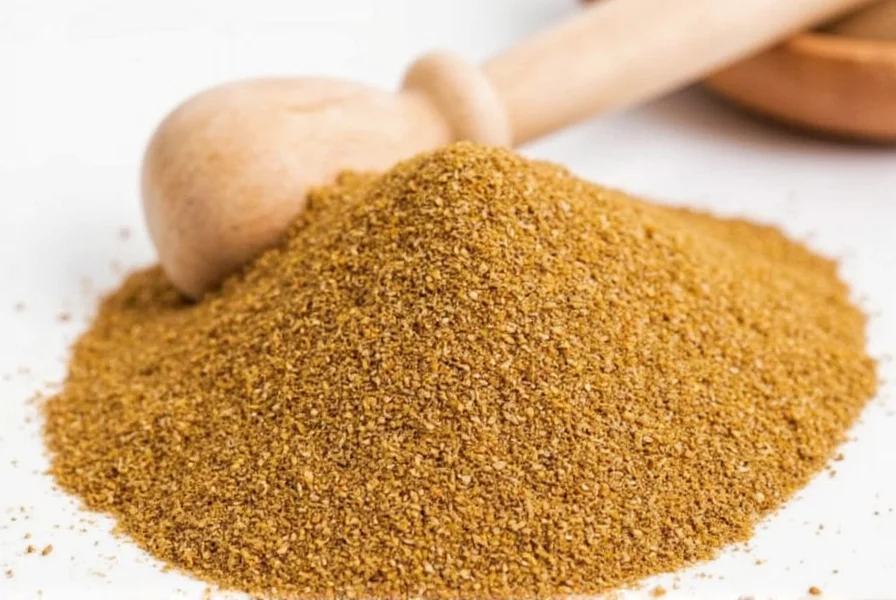
In this article, we’ll take a deep dive into everything you need to know about these fiery little seeds—from how they work chemically to why chefs love them, how to use them in everyday meals, and even some fun trivia. So buckle up, spice lovers—it’s time to get saucy with the world of brown mustard seeds.
What Is Brown Mustard Seed?
Scientifically known as Brassica juncea, brown mustard seeds come from a plant native to India and Pakistan. They’re smaller than black mustard seeds but bigger than yellow ones. Their color ranges from dark brown to almost black, and their taste? Think sharp, earthy, nutty—with a spicy heat that can really wake up your palate.
These seeds are commonly used in Indian, Middle Eastern, and Mediterranean cuisines. But unlike their milder cousins (hello, yellow mustard!), brown mustard seeds deliver bold flavor—especially when heated or soaked in liquid.
Why Brown Mustard Seeds Matter in Your Kitchen
If you’ve ever wondered what gives dishes like pickles, curries, and certain salad dressings that extra zing, look no further. Brown mustard seeds are a chef's secret weapon because:
- They add complex layers of flavor without overpowering a dish
- They react well to oil and moisture, releasing aromatic compounds
- They enhance both vegetarian and meat-based dishes
- They’re packed with nutrients like calcium, iron, and magnesium
How to Use Brown Mustard Seeds Like a Pro
You don’t have to be an expert to enjoy brown mustard seeds, but a few tricks can make all the difference:
- Temper Them First: Heat oil in a pan, toss in the seeds, and wait until they start popping—that’s when the magic begins!
- Soak Before Using: For sauces or marinades, soak them in vinegar or water to release their heat gradually.
- Use Whole or Ground: Whole seeds are great for texture, while grinding them unleashes a stronger bite.
- Add Early or Late? Add early in long-cooked dishes for mellow flavor, late for more pungency.
Hot Tips: Toasting & Tempering
Toasting is the easiest way to bring out the rich aroma of brown mustard seeds. Here’s how to do it right:
- Use a dry skillet over medium heat
- Stir constantly—don’t walk away!
- When they start to pop and darken slightly, remove immediately
Pro tip: Try adding cumin or fennel seeds alongside for a flavor boost.
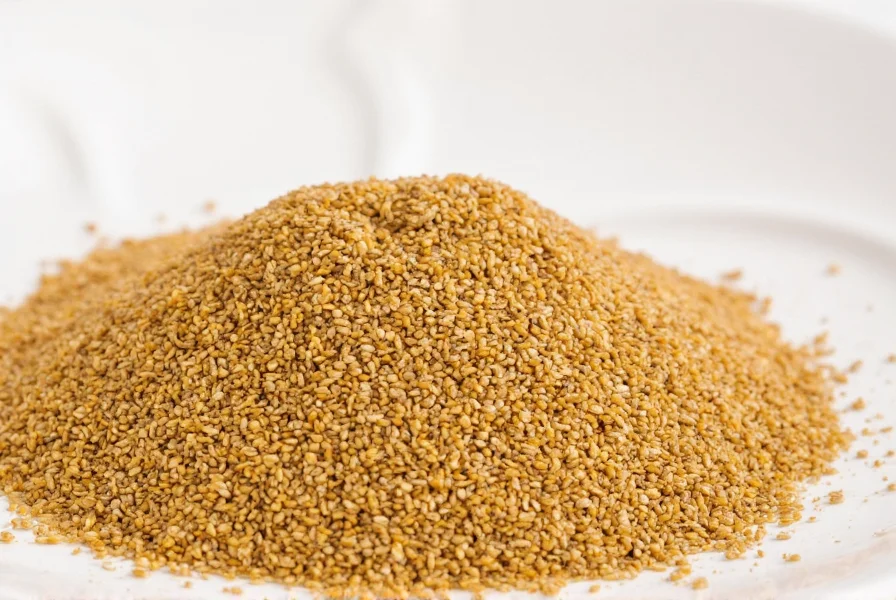
Mustard Seeds Compared: Brown vs. Yellow vs. Black
| Type | Flavor Profile | Best For |
|---|---|---|
| Yellow Mustard Seed | Mild, tangy | Classic American mustard, pickling |
| Brown Mustard Seed | Spicy, earthy, nutty | Indian curries, vinaigrettes, tempering |
| Black Mustard Seed | Strongest heat, sharp bite | Traditional pickles, strong-flavored dishes |
Buying Guide: How to Choose the Best Brown Mustard Seeds
Not all mustard seeds are created equal. Here’s how to shop smart:
Whole vs. Pre-Ground
Stick with whole seeds whenever possible—they retain flavor longer and give you control over texture and heat level.
Top Picks
| Brand | Features | Best For |
|---|---|---|
| Mrs. Dash Organic Brown Mustard Seed | Organic, non-GMO, sustainably sourced | Health-conscious cooks |
| Spice Hunter Whole Brown Mustard Seed | Intensely aromatic, premium quality | Professional chefs |
| Simply Organic Brown Mustard Seed | Great value, certified organic | Home cooks |
Delicious Recipes Featuring Brown Mustard Seeds
Ready to experiment? Here are some quick ideas to try at home:
- Spiced Lentil Soup: Sauté mustard seeds first, then add lentils and broth for a hearty meal.
- Quick Pickled Vegetables: Toss seeds into the brine for an extra layer of heat.
- Curry-Style Popcorn: Heat mustard seeds in oil before popping corn for a spiced snack.
- Honey-Mustard Dressing: Grind seeds and mix with honey, olive oil, and lemon for a zesty salad dressing.
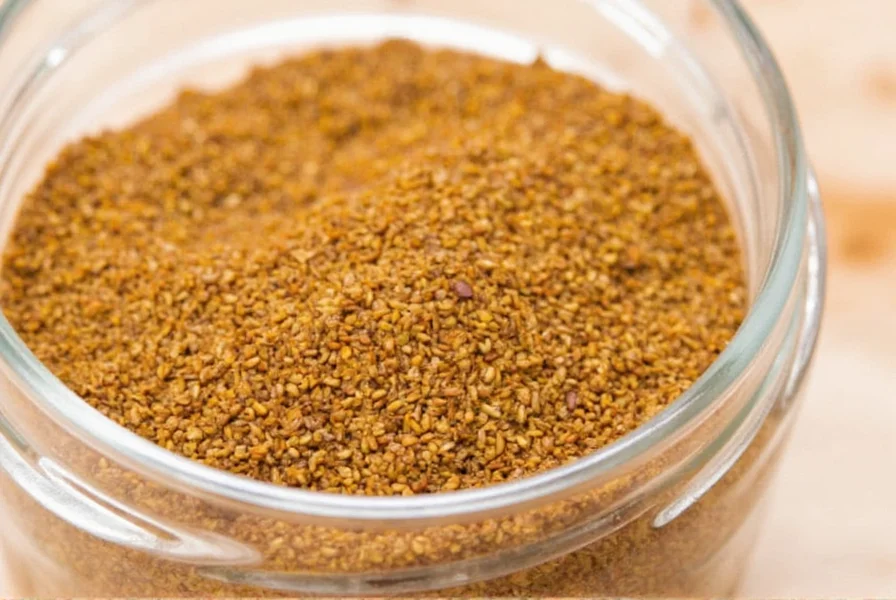
Storage Hacks for Freshness
Keep your mustard seeds fresh and flavorful by storing them properly:
- Store in an airtight container away from light and heat
- Whole seeds last up to 3–4 years; ground seeds only 6–12 months
- No need to refrigerate unless you live in a very humid climate
Fun Facts About the World’s Smallest Flavor Bomb
- Brown mustard plants are invasive in many regions—including California!
- The seeds contain allyl isothiocyanate, the same compound that gives horseradish its heat.
- Brown mustard is used in traditional medicine for digestive issues and joint pain relief.
- India produces nearly half of the world’s mustard seeds annually.
- A single teaspoon of mustard seeds contains about 15 calories, 3g protein, and tons of antioxidants.
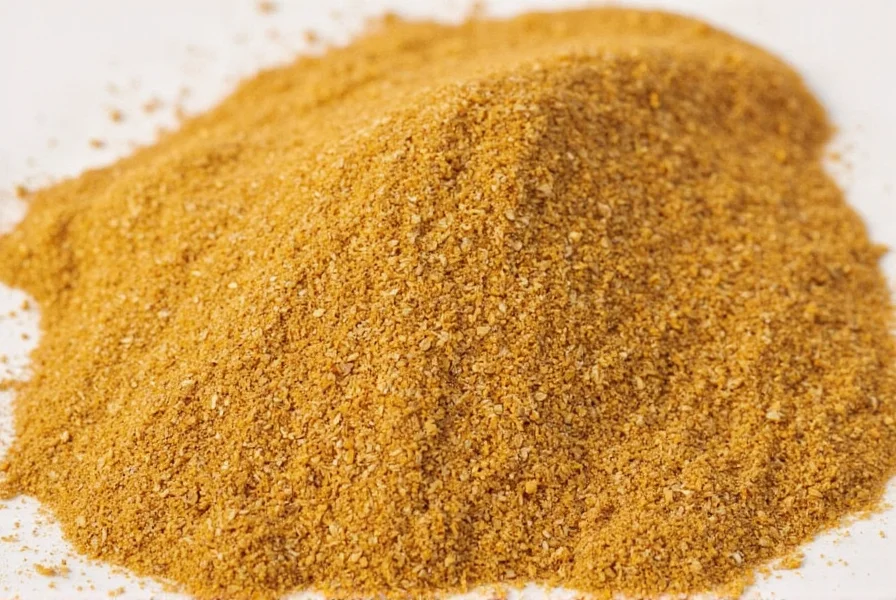
Conclusion
Brown mustard seeds may be tiny, but they’re one of the most versatile and powerful spices you can keep in your kitchen. Whether you're tempering them in oil for a curry base or grinding them into a fiery paste, they offer depth, heat, and a unique flavor profile that few other ingredients can match.
From storage tips to recipe inspiration, this guide should help you explore the wonderful world of brown mustard seeds. So go ahead—reach for that jar, fire up the stove, and let those little seeds spice up your life!
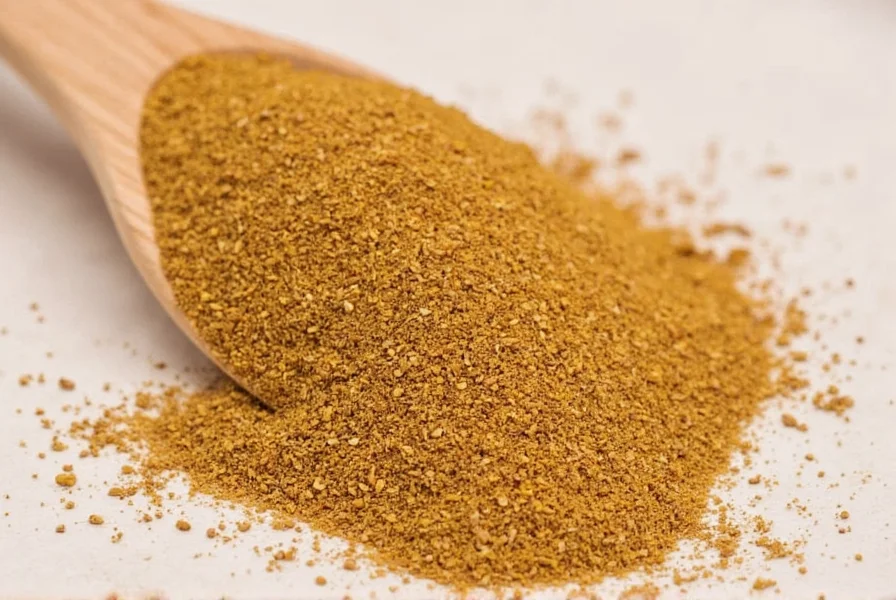
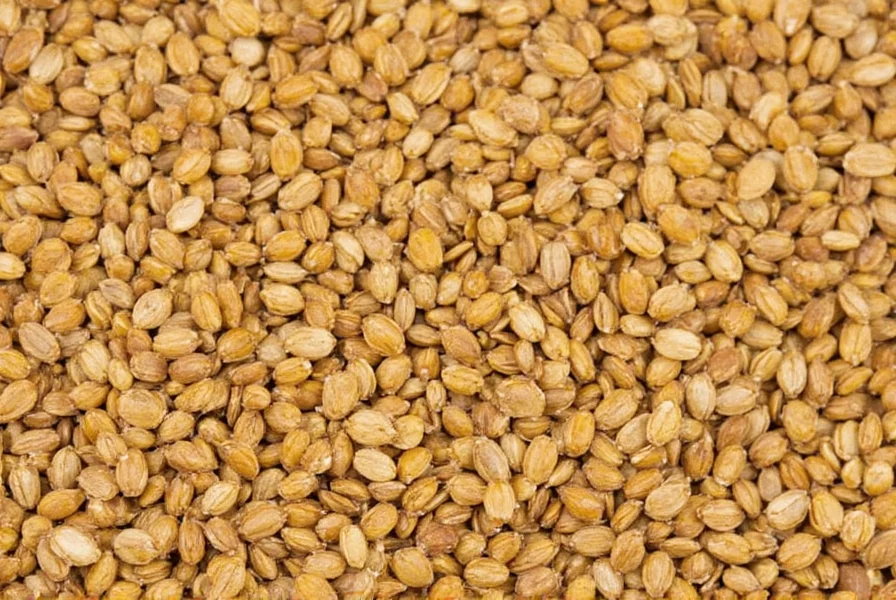
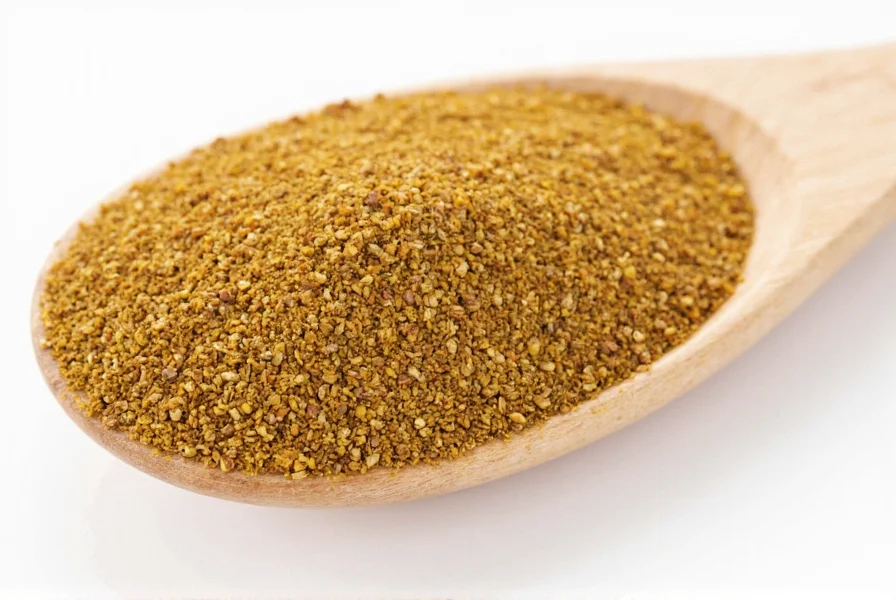

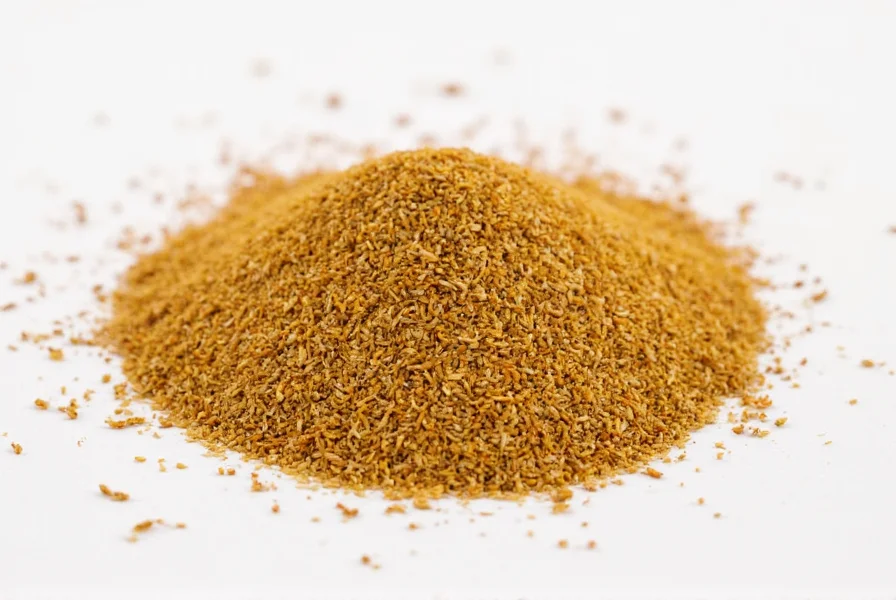









 浙公网安备
33010002000092号
浙公网安备
33010002000092号 浙B2-20120091-4
浙B2-20120091-4